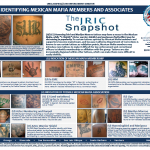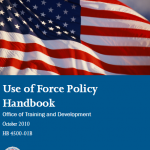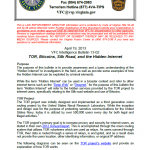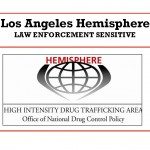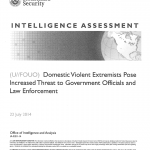
After years of only sporadic violence from violent domestic extremists motivated by anti-government ideologies, I&A has seen a spike within the past year in violence committed by militia extremists and lone offenders who hold violent anti-government beliefs. These groups and individuals recognize government authority but facilitate or engage in acts of violence due to their perception that the United States Government is tyrannical and oppressive, coupled to their belief that the government needs to be violently resisted or overthrown. Historically, spikes in violence have followed high-profile confrontations involving the United States Government, such as Ruby Ridge and Waco. The April 20 14 Bunkerville, Nevada standoff likely represents a similar event that could inspire further violence.

